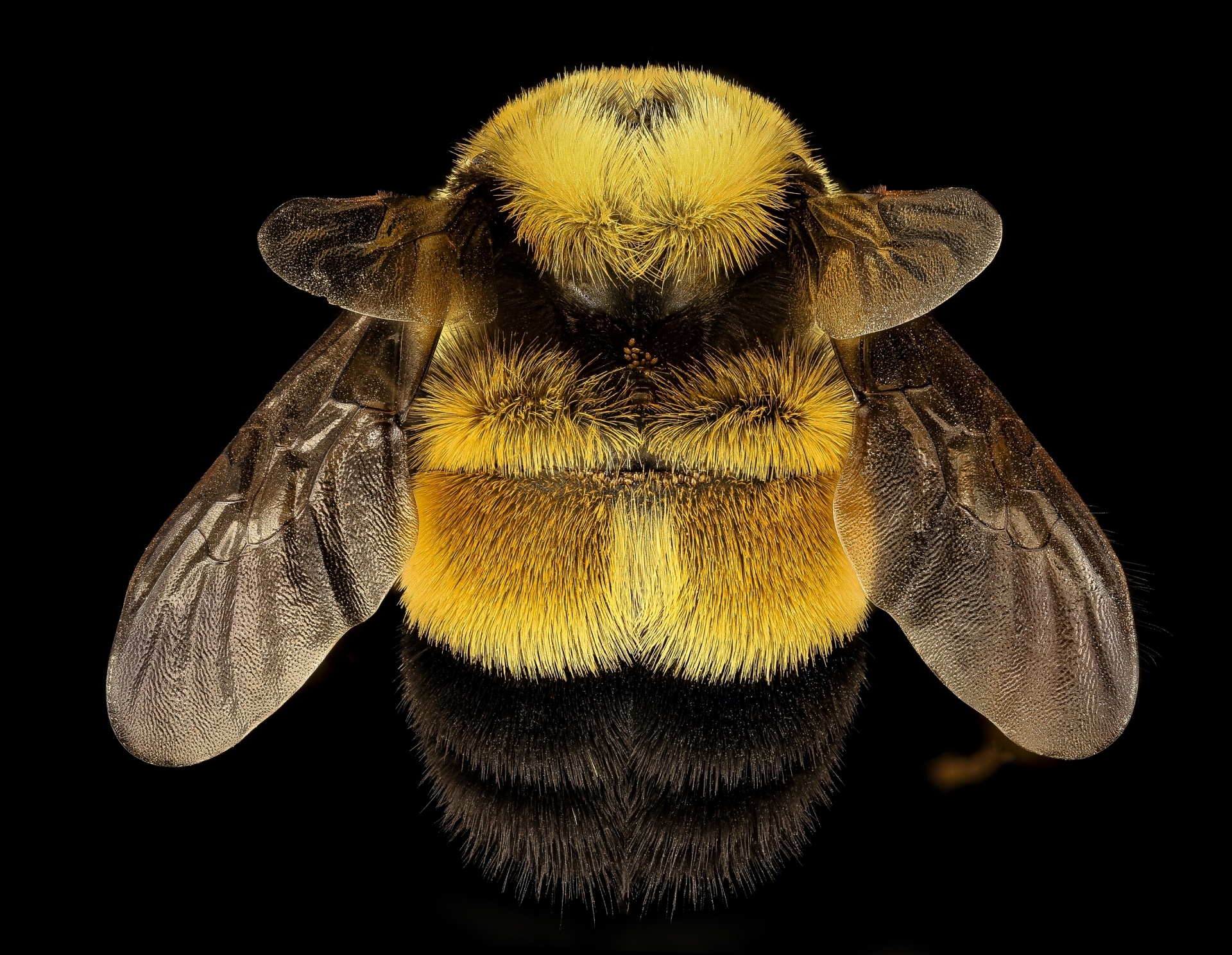26
Sep
Settlement Reached to Protect Habitat of Endangered Bumblebee
 (Beyond Pesticides, September 27, 2019) The U.S. Fish and Wildlife Service (USFWS) will be required to protect the habitat of the endangered rusty patched bumblebee, per a settlement with the Natural Resources Defense Council (NRDC) reached earlier this week. The bee was listed under the Endangered Species Act (ESA) in 2017, but USFWS has yet to designate the “critical habitat” for the bee where improved protections must be made to ensure its recovery. With the decline of both wild and managed pollinators throughout the U.S., action on this issue by federal agencies is sorely needed.
(Beyond Pesticides, September 27, 2019) The U.S. Fish and Wildlife Service (USFWS) will be required to protect the habitat of the endangered rusty patched bumblebee, per a settlement with the Natural Resources Defense Council (NRDC) reached earlier this week. The bee was listed under the Endangered Species Act (ESA) in 2017, but USFWS has yet to designate the “critical habitat” for the bee where improved protections must be made to ensure its recovery. With the decline of both wild and managed pollinators throughout the U.S., action on this issue by federal agencies is sorely needed.
According to NRDC, the settlement will require FWS to propose critical habitat by July 31, 2020, unless it makes a finding that habitat protections are not prudent. The Service must then finalize any habitat protections by July 31, 2021. Under ESA, FWS is required to designate the critical habitat of a listed species within one year of its listing if not included within its listing announcement. Thus, by drawing out this process, FWS is flouting this important action that will lead to real on-the-ground protections.
“The U.S. Fish and Wildlife Service has violated federal law—again—by not designating critical habitat for the rusty patched bumble bee,” said Lucas Rhoads, staff attorney for NRDC. “This settlement is a step in the right direction to ensure the bee’s survival. The Service must now do their part to protect the bee’s habitat or they’ll find themselves in court once more.”
According to FWS, the rusty patched bumble bee was once widespread across the United States, but declined dramatically in the 1990s. Since then, their populations have dwindled and their overall decline is estimated at 91 percent. In its initial assessment, FWS acknowledged that the population may be even smaller than estimated, as data used for this listing have not been reassessed in the field since the early 2000s.
Commercial bumble bees represent a threat to the rusty patched, as they carry diseases and are often released near wild populations. Climate change plays a part, along with habitat loss from industrial agriculture and development. There is also an overwhelming amount of research demonstrating that systemic neonicotinoid insecticides, working either individually or synergistically, play a critical role in the ongoing decline of bees and other pollinators.
“Pollinators are small but mighty parts of the natural mechanism that sustains us and our world,” said FWS in a press release when the rusty patched was first listed. “Without them, our forests, parks, meadows and shrublands, and the abundant, vibrant life they support, cannot survive, and our crops require laborious, costly pollination by hand.”
It is concerning that statements from federal agencies do not match up with actions on the ground. True protections come from full implementation of the law, yet FWS, the Environmental Protection Agency (EPA) and U.S. Department of Agriculture continue to fall short. A recent report from the EPA Office of Inspector General found EPA was lacking in its oversight of state plans aimed at protecting managed honey bee populations. In 2016, a U.S. Government Accountability Office (GAO) report concluded that the federal government was not doing enough to safeguard pollinators from the the multiple threats to their populations. In sum, there has been little action since 2014, when the Obama Administration convened a White House Pollinator Task Force, itself ultimately a tepid response to a crisis with perilous implications for the civilized world.
In fact, the Trump administration is attacking ESA, and working to roll back a law that has helped prevent the extinction of 291 species since it was first passed in 1973; a 99% success rate. With the current administration either attacking or failing to implement basic legal requirements to protect endangered pollinators, we must look to Congress to act. To stop the Trump administrations attempt to undo the ESA, tell your member of Congress to cosponsor the PAW and FIN Conservation Act. And to implement lasting protections for pollinator populations, tell them to join in support of the Saving America’s Pollinators Act.
All unattributed positions and opinions in this piece are those of Beyond Pesticides.
Source: NRDC Press Release










